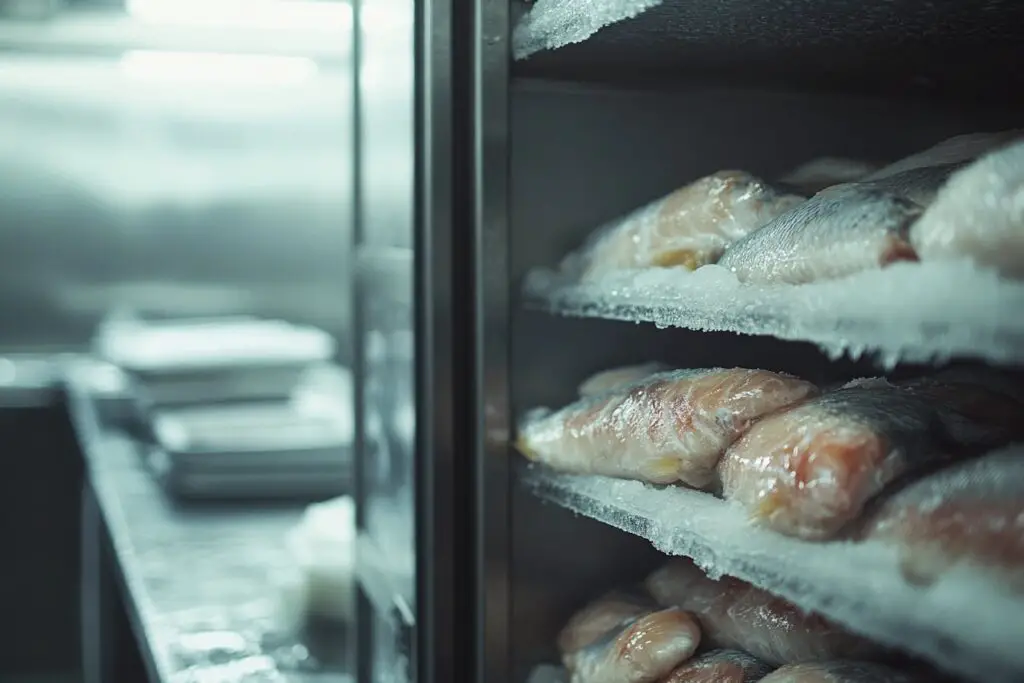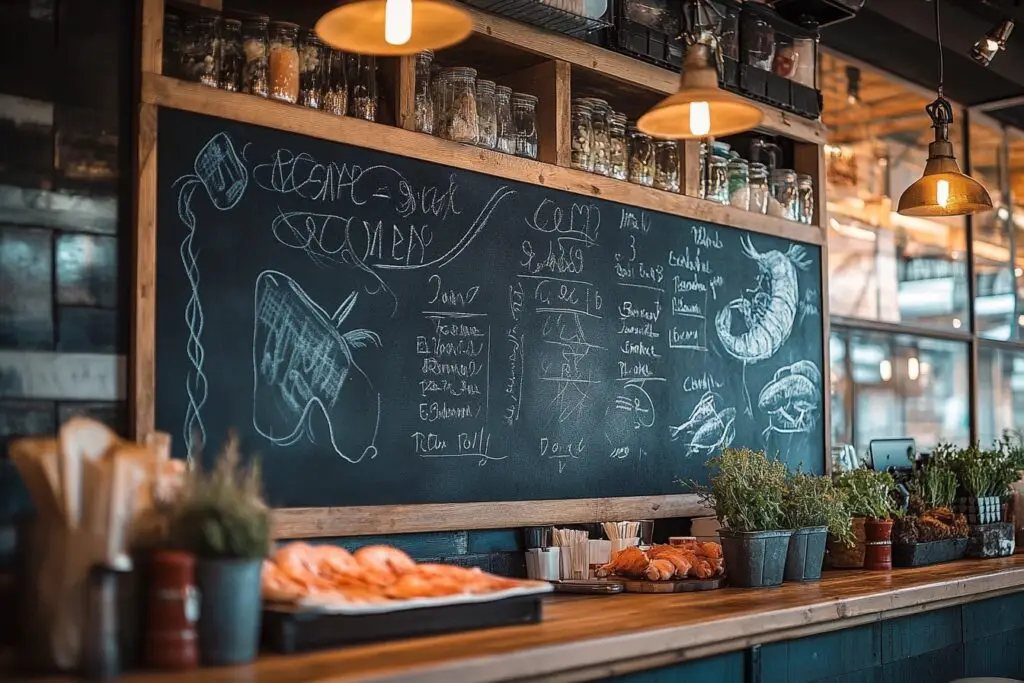The seafood restaurant industry holds many secrets behind its kitchen doors. While many establishments serve excellent food with integrity, others employ various practices that might surprise their patrons. Understanding these hidden aspects can help you make informed decisions about where and what to eat.
Fresh fish might not be what you think

Many seafood restaurants advertise “fresh fish,” but this term can be misleading. Most establishments use frozen fish due to cost efficiency and extended shelf life. The practice isn’t inherently bad – modern flash-freezing methods can preserve quality effectively.
A restaurant’s inventory management often necessitates frozen products. With fresh fish costing significantly more and lasting only a few days, freezing helps reduce waste and maintain consistent pricing. What if that premium-priced “catch of the day” spent months in a freezer?
Menu pricing tactics and seafood substitution
Pricing strategies in seafood restaurants often involve complex calculations based on market fluctuations. Industry data shows that wholesale prices can vary dramatically, yet menu prices typically remain static.
Species substitution remains a persistent issue. Some restaurants may serve a different fish than advertised, particularly with expensive varieties. This practice not only affects your wallet but could pose risks for those with specific allergies or dietary restrictions.
The truth about sustainable seafood claims

NOAA Fisheries reports that while many restaurants claim to serve sustainable seafood, verifying these claims can be challenging. Without strict certification requirements, some establishments make unsubstantiated sustainability claims to appeal to environmentally conscious consumers.
The reality is that tracking seafood from ocean to plate requires significant effort and investment. Many restaurants lack the resources or motivation to maintain proper documentation of their seafood sources.
Staff turnover affects food safety standards
High employee turnover rates in seafood restaurants can impact food safety and preparation consistency. Training new staff members takes time, and during this period, proper handling procedures might not be strictly followed.
Restaurants often face challenges maintaining consistent quality standards with changing personnel. This variability can affect everything from food preparation to cleaning protocols, potentially compromising both safety and dining experience.
Marketing terms mask common practices

Terms like “wild-caught” and “ocean-fresh” appear frequently on menus, but these descriptions often lack legal definitions. Some establishments use these phrases liberally, knowing that customers associate them with higher quality.
Market prices listed as “MP” on menus can mask significant markups. This pricing strategy allows restaurants flexibility but can result in unexpected costs for diners.
Understanding these industry practices empowers consumers to make better choices when dining out. Ask specific questions about sourcing and preparation methods, and remember that transparency varies significantly between establishments. The best seafood restaurants maintain high standards regardless of industry pressures, ensuring both quality and honesty in their service.

